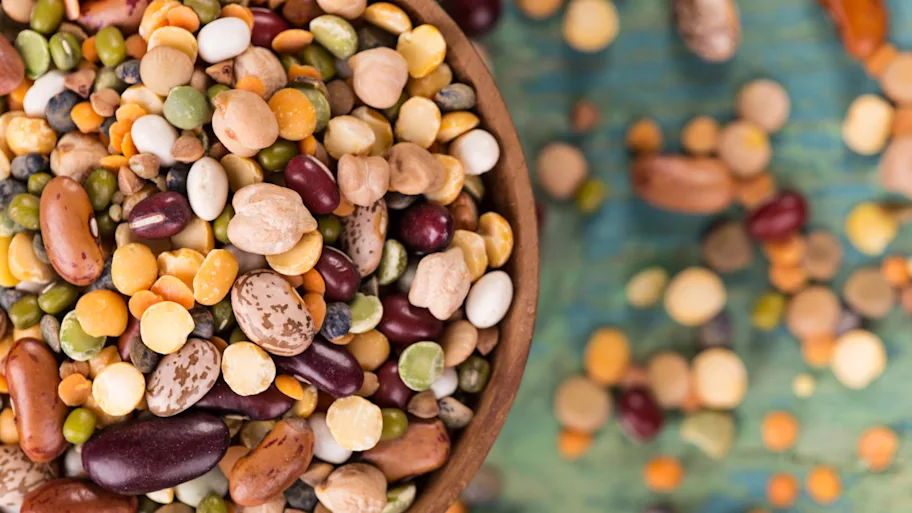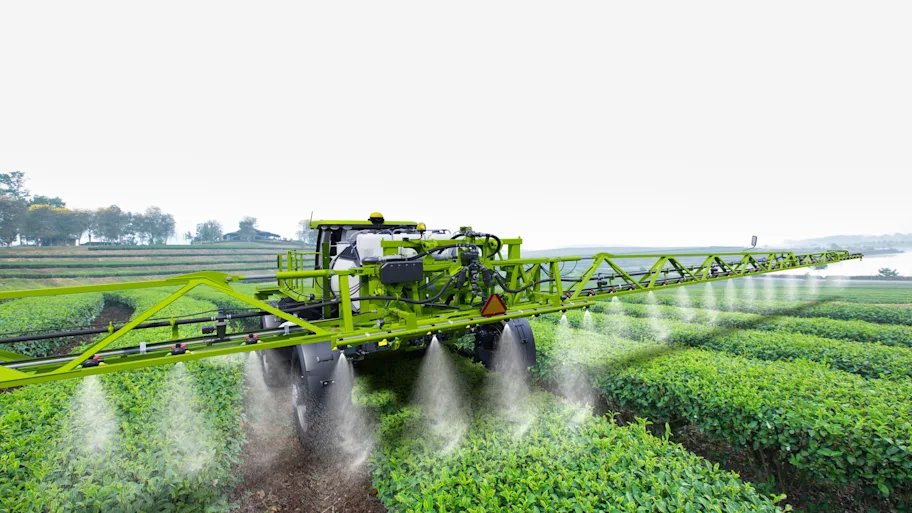
- Science news
- Life sciences
- New indoor vertical farming research could help future-proof food demand for a changing planet
New indoor vertical farming research could help future-proof food demand for a changing planet

We may need to increase food production by as much as 70% by 2050. Vertical farming systems could provide intensive production of critical fresh fruit and vegetables for a healthy diet to help us meet that goal. However, it’s energy-intensive, which makes it expensive and difficult to implement on a large scale. Now scientists writing in Frontiers in Science show how dynamic environmental control, supported by sensors and modeling, could make it possible to expand vertical farming systems to ensure food safety and security for the future.
To make sure everyone eats well in our crowded world, we need to innovate. Vertical farming systems, which grow plants intensively in an indoor setting, could be part of the answer – but to use them on a large scale we need to overcome key problems, especially the management of the energy-intensive, expensive light the plants need to grow. Now scientists show how manipulating light according to the needs of specific crops could make them grow stronger and healthier while minimizing energy use.
“The biggest benefit of vertical farming systems is that healthy food can be grown much more closely to consumers in places where this is impossible otherwise: in mega-cities, in deserts, and in places that are cold and dark during large parts of the year,” said Dr Elias Kaiser, first author of the article in Frontiers in Science. “The biggest challenge is the costs associated with electricity use.”
Shedding light on the problem
Many vertical farming systems are run using constant environmental conditions, which require lots of expensive electricity for maintenance. The scientists’ analysis shows that these demanding conditions are unnecessary: using dynamic environmental control, they suggest, we can achieve vertical farming which is more cost-effective and which raises healthier plants.
“We were motivated by the rhythms that plants show on diurnal as well as on developmental timescales, which require their growing environment to be adjusted regularly in order to steer their growth perfectly,” said Prof Leo Marcelis of Wageningen University, senior author. “We outline a strategy that makes use of plant physiology knowledge, novel sensing and modelling techniques, and novel varieties specifically bred for vertical farming systems.”
Because plants’ biological functions are heavily influenced by environmental conditions like temperature changes, light wavelengths, and the amount of CO₂ in the atmosphere, manipulating the environment allows a vertical farming system to manipulate plant development. Lighting is a critical variable; all plants need it to photosynthesize, and different light wavelengths have different effects on different plants. This variable is also particularly sensitive to electricity pricing, so offers opportunities to make efficiency gains.
“Fluctuations in electricity prices can be used to the advantage of vertical farming systems, by using more electricity when it is cheaper,” explained Marcelis.
The authors created a model for testing smart lighting that aims to keep plants’ ability to photosynthesize steady over the course of a day, while still lowering electricity costs. They found that an optimization algorithm could cut electricity costs by 12% without compromising plants’ carbon fixation, just by varying the intensity of the light.
They then tested whether varying light intensity affected the growth of leafy plants like spinach which are often grown in vertical farms, and found that there was no negative effect. This remained true even when the plants were subject to irregularly changing light intensity, rather than a predictable, regular pattern.
The seeds of the future
Other critical issues remain to be resolved before vertical farming can help feed the world.
“Many of the proposed solutions have not been tested at the larger scales that vertical farms represent—they may have been shown at the single-plant level, but not yet at the whole crop stand level,” cautioned Kaiser.
Dynamically adjusting air flow rates, temperature, and CO₂ according to plants’ needs could potentially offer opportunities to minimize electricity costs. Farmers will need suitable sensors and models to help them monitor and adjust the environment, as well as new cultivars bred for vertical farming. These cultivars could take advantage of the potential for local production in sheltered conditions to focus on better nutrition and sensory qualities, rather than robustness or shelf-life. More research is required to calibrate all these variables and strike the right balance between high-quality and high-yield crops.
“In a vertical farm all growth conditions can be exactly controlled, which is very important to optimize yield, quality, and resource use efficiency,” said Marcelis. “However, the technical possibility of keeping them constant does not mean that keeping them constant is the best solution. Once dynamic environmental control has become established, both the energy use and costs of the used energy can be substantially reduced, increasing the profitability and sustainability of vertical farms.”
The study was led by a team of researchers at Wageningen University and includes researchers from other universities around the world. It is part of the Frontiers in Science multimedia article hub ‘Optimizing conditions for vertical farming’, which also features an editorial, two viewpoints, and a policy outlook from other eminent experts: Prof Dickson Despommier (Columbia University in the City of New York, USA), Prof Youssef Rouphael (University of Naples Federico II, Italy), Dr Raymond M. Wheeler (NASA Kennedy Space Center, USA), and Anne Loeber (Athena Institute, The Netherlands)—as well as an explainer with infographics.
REPUBLISHING GUIDELINES: Open access and sharing research is part of Frontiers’ mission. Unless otherwise noted, you can republish articles posted in the Frontiers news site — as long as you include a link back to the original research. Selling the articles is not allowed.
About Frontiers in Science
Frontiers in Science is Frontiers’ multidisciplinary, open-access journal focused on transformational science to accelerate solutions for healthy lives on a healthy planet.
The journal publishes a select number of exceptional peer-reviewed lead articles invited from internationally renowned researchers, whose work addresses key global challenges in human and planetary health. Each lead article is enriched by a diverse hub of content that extends its reach and impact across society – from researchers and policymakers to lay audiences and kids.
For more information, visit www.frontiersin.org/science, follow @FrontScience on X, and follow Frontiers in Science on LinkedIn.






